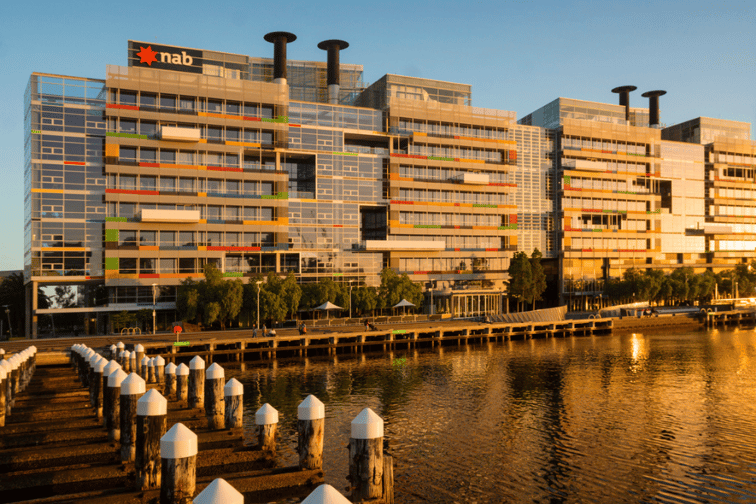

Nearly half of businesses are still impacted by labour shortages, with big businesses at the shorter end of the stick, according to new research from National Australia Bank (NAB).
Trade workers and professionals are the most common labour shortages at 35% and 32%, respectively. When it comes to skill shortages, specialist or technical skills top the list as more businesses scout for data scientists and digital experts.
Western Australia was hardest hit over the past three months at 44%, followed by Tasmania at 24%. In general, businesses have little confidence the problem will be solved over the next 12 months, with Western Australia also leading in future expectations of shortages, followed by New South Wales and Queensland.
This shortage problem was exacerbated when more people emigrated from, than immigrated into, the country during the pandemic – a first in Australian history.
The Australian Bureau of Statistics (ABS) reported a sharp decline in overseas migration for every state and territory, with immigration falling by 71% compared to a year ago. In particular, Victoria and Queensland lost population count by 56,100 and 14,400, respectively.
“During the COVID-19 pandemic, many historical patterns of migration have changed,” said Jenny Dobak, director of migration statistics at ABS. "Australia recorded a net loss of 88,800 people in 2020-21 from the national population. Contrast this to 2018-19, prior to the pandemic, when the country recorded a net gain of 241,300 people.”
Echoing business owner sentiments, Ross McEwan, chief executive officer of NAB, said opening state and international borders could solve labour shortages in the coming months.
“Almost every employer I talk to, from cafés, tourism, agriculture, and manufacturing, is saying, ‘We can’t get workers’,” McEwan said. “To get the economy really firing we will need to bring people into Australia and make sure, as a nation, we’re building a skilled workforce for the future.”
NAB’s full report can be found here.
